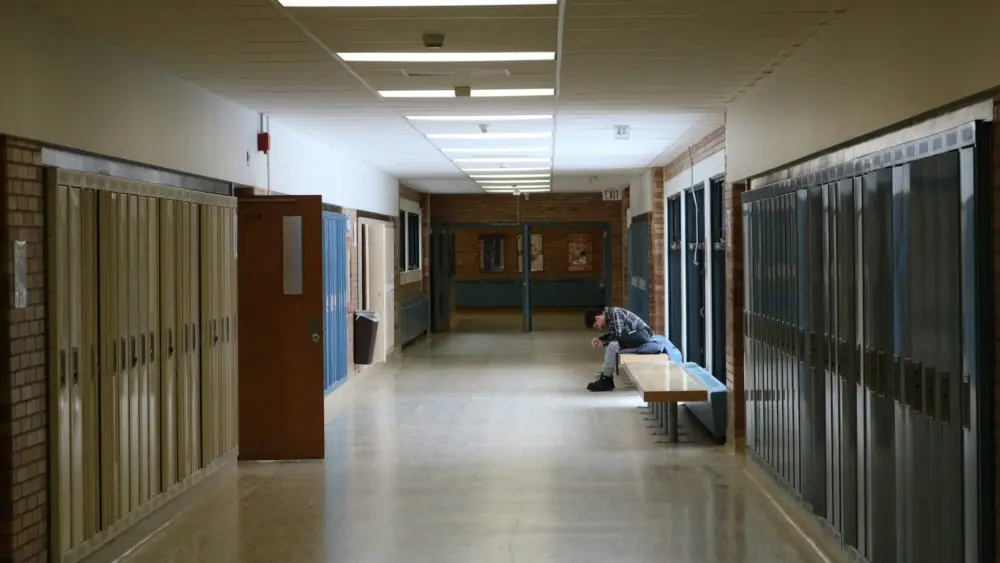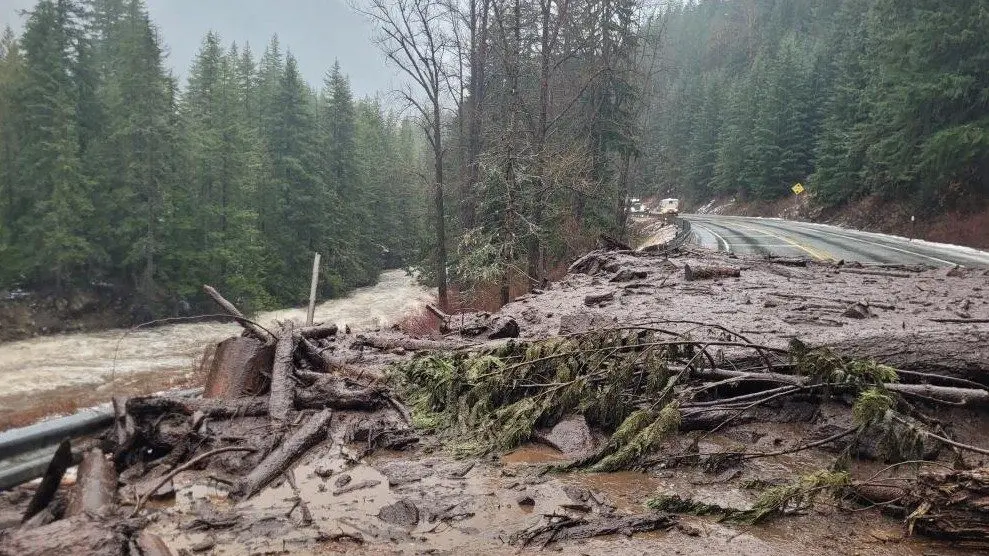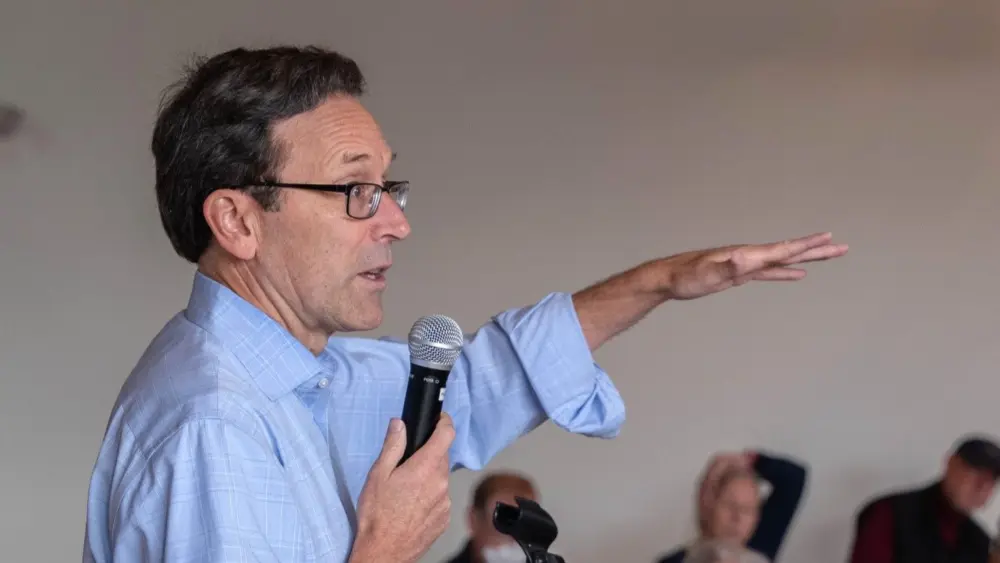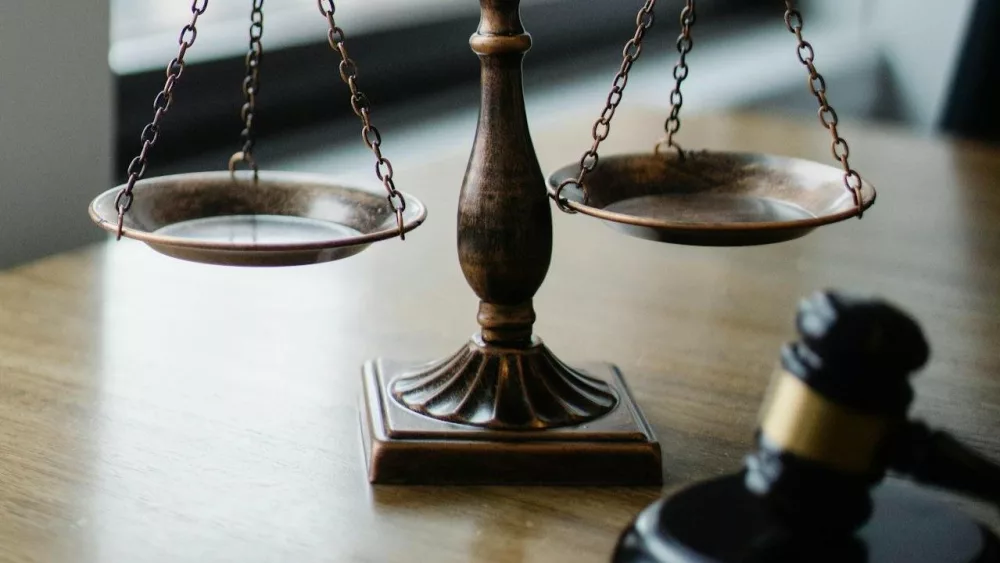Where there is water in North Idaho, Vandals find a way — a way to educate, a way to recreate and a way to advocate. Leading the charge and creating connections among the area’s water issues is the Community Water Resource Center (CWRC) at University of Idaho Coeur d’Alene. It’s a model of collaboration and education that can leave a lasting mark on the people and landscape of the Gem State.
From ski resorts to lakeshores, the area’s economy depends on the recreation water provides. Meanwhile, contamination from mining and rapid population growth present concerns for the health and future of this water. The U of I Center team tapped into statewide university expertise, local leaders and community members to establish the CWRC about ten years ago. Its four major focus areas include The Confluence Project, Bay Watchers, Stormwater and Erosion Education Program (SEEP) and the Our Gem Collaborative.
Educating Through Collaboration
“One of the best things about the CWRC is that we have such diverse programs we’re able to reach a wide variety of people,” said Marie Schmidt ’09, ’12, CWRC outreach specialist.
Each program is made possible through partnerships with local and regional groups including school districts, the Coeur d’Alene Tribe, ski resorts, the Department of Environmental Quality, UI Extension, the health district and others.
“The CWRC has been the most important connection I have ever made between my classroom and the community,” said Jamie Esler ’16, Lake City High School and U of I dual credit teacher. “They’ve designed ways to get my kids into nature studying water resources.”
Through the CWRC’s Confluence Project, students from 10 high schools spend three days in the field each school year. They study water quality in the Spokane River, snowpack on the slopes of Lookout Pass and groundwater in the Rathdrum Prairie Aquifer. The work culminates in the Youth Water Summit, where students present research on local water issues in a setting modeled after professional science conferences.

CWRC Outreach Specialist Marie Schmidt leads students from Coeur d’Alene’s Lake City High School on a water quality field trip along the Spokane River in Post Falls as part of The Confluence Project.
Inspiring Changemakers
“The Confluence Project sparked a huge curiosity about water quality for me,” said Toni Eells ’21, an environmental technician working on a master’s degree in environmental science at U of I. “That hands-on experience in high school helped steer my life in this direction.”
U of I senior Krystal Saunoa’s educational path was also guided in part by the CWRC. As a student at North Idaho College, a symposium hosted by the Our Gem Collaborative opened her eyes to the myriad issues facing Coeur d’Alene Lake. It’s a conversation the collaborative keeps active in the community through speaker series events and educational articles in the Coeur d’Alene Press.
“I want to be part of a solution, even if it’s one little cog way down the line, but just feeling like I’m making a difference,” said Saunoa, a U of I environmental science student.
Saunoa worked with the CWRC Bay Watchers, lakeside property owners trained to collect data and track water trends in their bays. Their work and lake access intersect with her research on how boat wakes might play a part in releasing toxic metals that have settled at the bottom of the lake.
“The CWRC is the doorway to major connections,” Saunoa said. “I feel so lucky to get to work with people who are phenomenal resources and extremely well versed in what they do for a living.”

Krystal Saunoa uses a Van Dorn water sampler to collect data from various depths in Coeur d’Alene Lake as part of her research and support of the Bay Watchers program.
Growing With Care
While data collection and outreach efforts make a difference, Schmidt said possibly the greatest impact from the CWRC comes through SEEP, the stormwater and erosion education program.
“When I see construction, a lot of times it’s a mess and not best practices for erosion control,” said Schmidt. “So, we bring engineers, construction crews and municipal employees together, teaching them the best way to address this major issue we have of keeping sediment and phosphorous out of the lake.”
Whether it’s education, prevention or remediation, the CWRC’s ultimate goal is to support a healthy, thriving landscape for generations of Vandals and the greater community for years to come.
Article by Katie Marshall, University of Idaho Coeur d’Alene.
Photos provided by the Community Water Resource Center.




